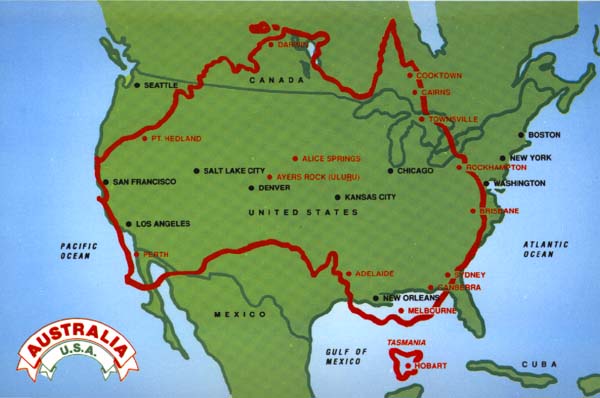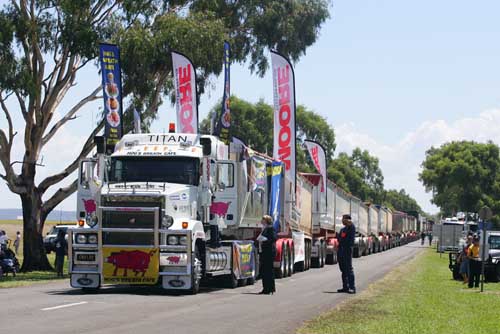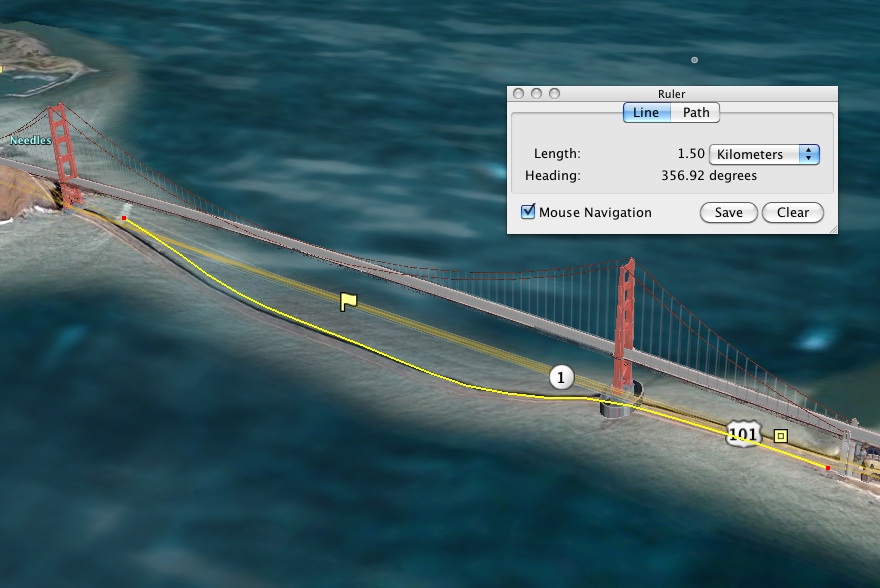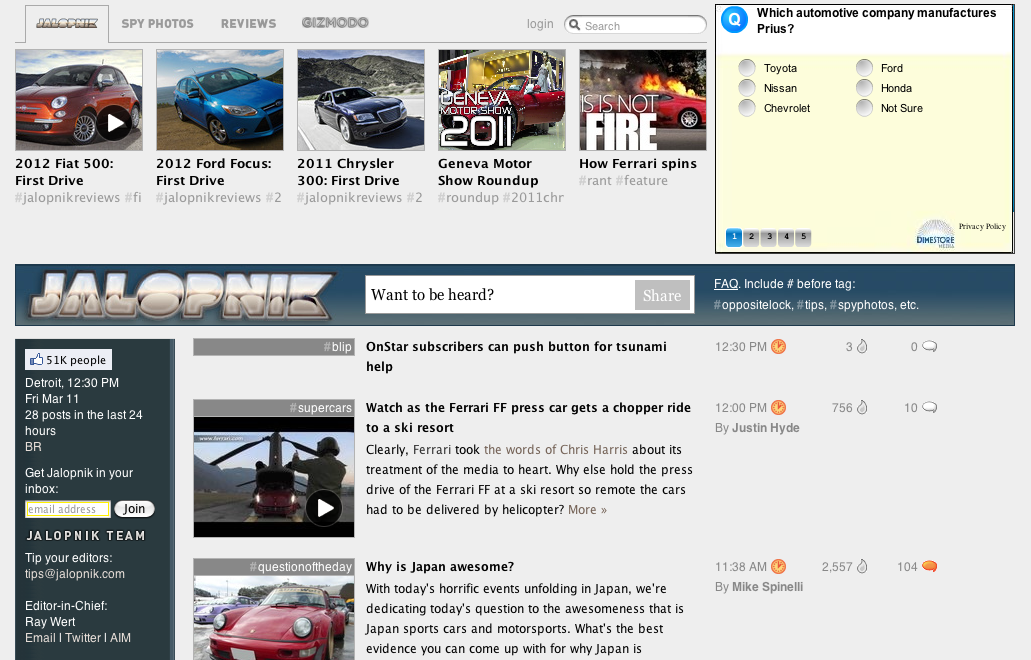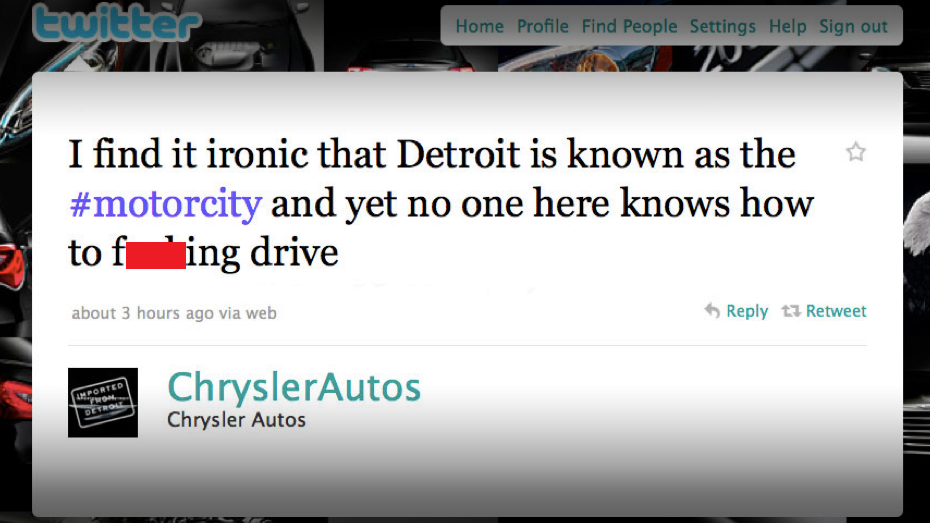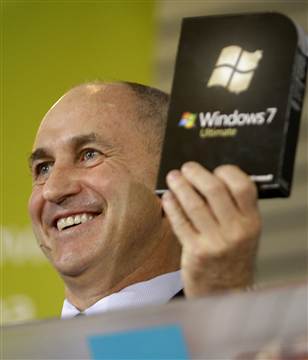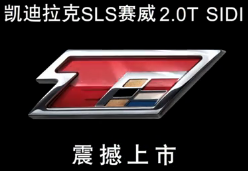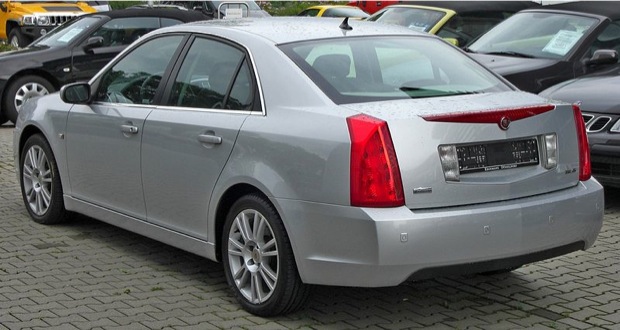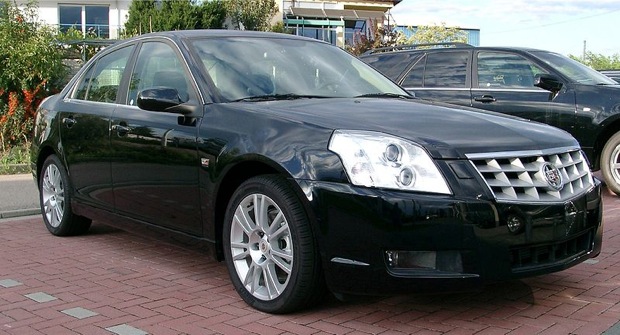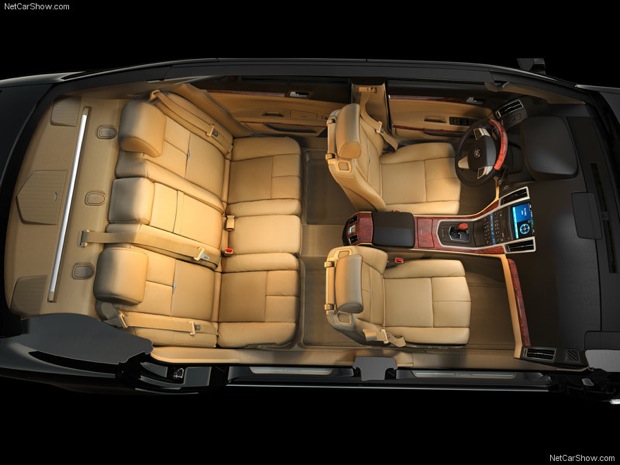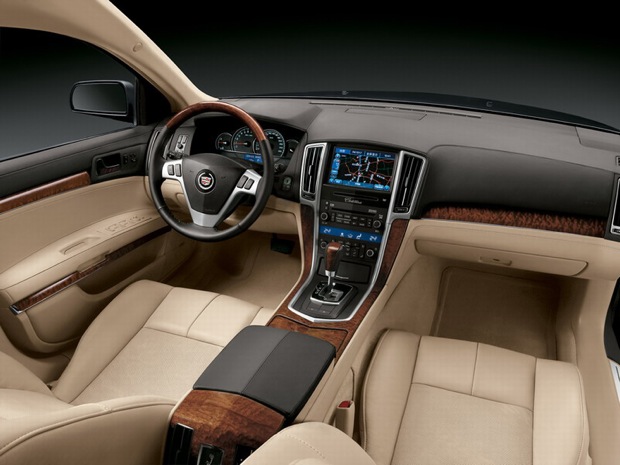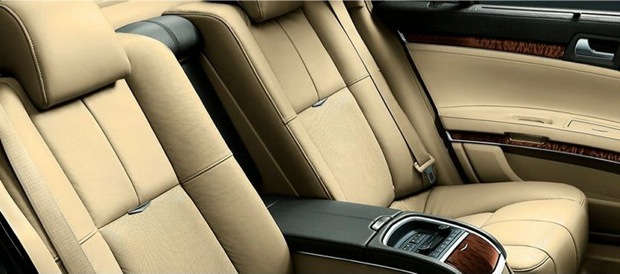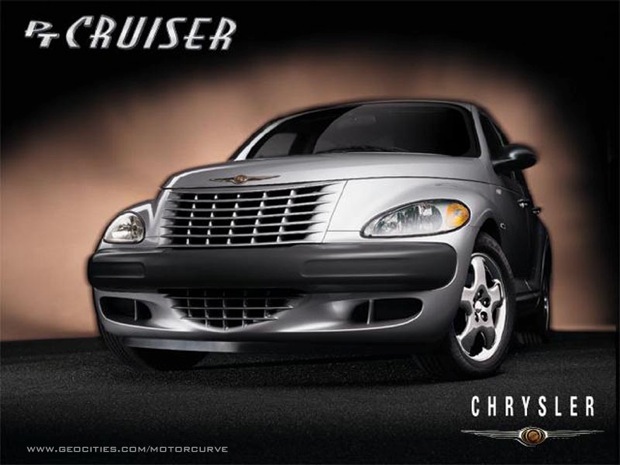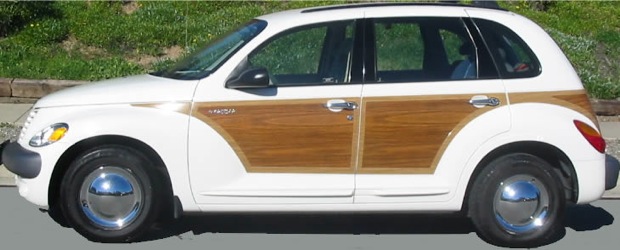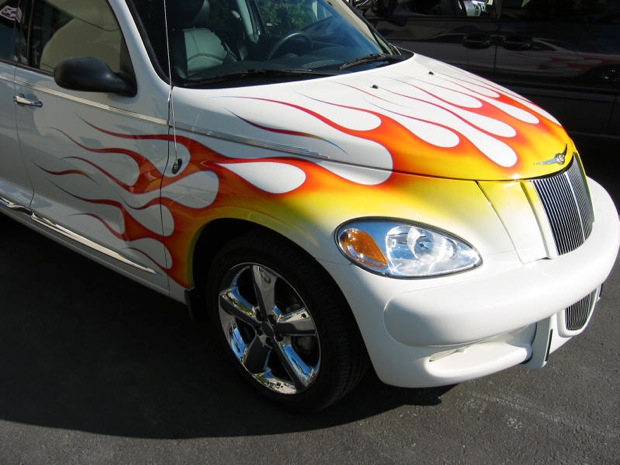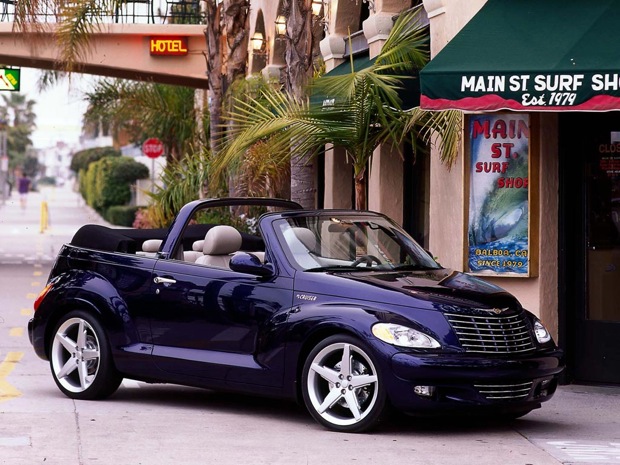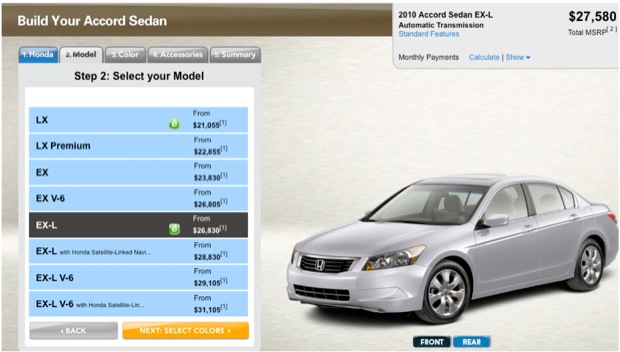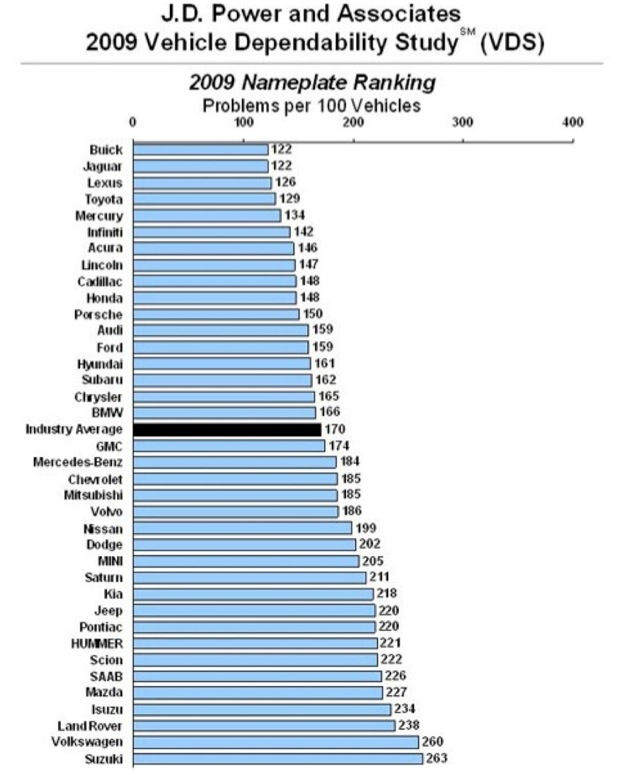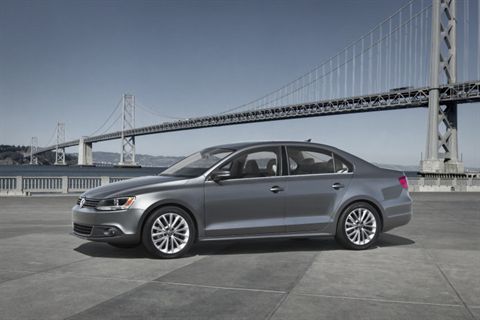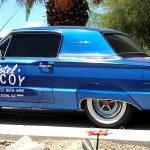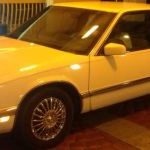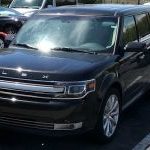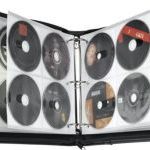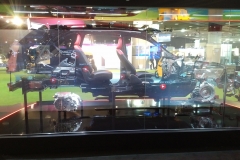OH BOY! MORE CROSSOVERS! [Sarcasm]
In 2012 you’ll be able to rent a Saturn Vue but it won’t be a Saturn. Instead, it will carry a Chevy bowtie on its chest and bear the name “Captiva,” but you won’t be able to buy one at a dealership. This is, other than the badge, a full clone of the Saturn Vue, known in other parts of the world as an Opel Antara, and its available only to fleets. Darn, I really wanted one too. [Sarcasm]
———————————————————————-
GM press release:
DETROIT – Chevrolet will introduce the Captiva Sport, a new entry to the U.S market, later this year to help satisfy growing demand for compact crossovers by fleet customers. The Captiva Sport is a variant of the globally successful Chevrolet Captiva compact crossover.
Variants of the compact crossover are sold in more than 50 markets across Europe, Asia, Africa, Australia, the Middle East and South America. The U.S.-specific version will give fleet customers a contemporary five-seat crossover with a comprehensive range of features and amenities, and will also address their need for roominess, utility and fuel efficiency.
“It says a lot about our ability to draw on international programs and proven, quality crossovers that we were able to identify and federalize a strong new entrant such as Captiva Sport for the U.S. market,” said Alan Batey, U.S. vice president, Chevrolet Sales and Service. “We turned to our global network for a solution to quickly meet the rising demand from local fleet customers and continue to meet strong retail demand for the Equinox.”
The Captiva Sport will be available for delivery in the fourth quarter of 2011, as a 2012 model.
The Chevrolet Equinox continues to show strong retail sales growth, with retail sales up 98 percent in February compared with the same month last year. Chevrolet expects sales retail sales to remain strong, in part due to its 32 mpg highway fuel economy rating, higher than the Honda CR-V, Toyota RAV4, or Ford Escape.
The Captiva Sport features either an Ecotec 2.4L direct-injected four-cylinder or 3.0L direct-injected V-6 engine – each matched with a fuel-saving six-speed automatic transmission. Because the crossover is based on a proven GM global architecture, only minor revisions are required to meet federal standards, allowing Chevrolet to fast-track the Captiva Sport for the United States.
The Captiva Sport will be offered in LS and LT models, with four trim packages, including an all-wheel-drive model (LTZ). All models feature 17-inch aluminum wheels, XM Satellite Radio, six-speaker sound system, four-wheel disc brakes with antilock, traction control, StabiliTrak electronic stability control, air conditioning, power locks and windows (with driver’s express down) and remote keyless entry.
Uplevel LT and LTZ models include the V-6 engine (with dual exhaust), along with OnStar and Bluetooth phone connectivity. A rear-view camera and leather trim package – including leather-trimmed and heated front seats – are standard on LTZ and available on other trims. The LTZ trim also includes a 10-speaker sound system and a sunroof.
“The range of features offered by the Captiva Sport is as rich as any Chevrolet vehicle,” said Batey. “Our fleet customers will find it to be a versatile vehicle that gives them the cargo capacity they need, in a fuel efficient package that will help keep their ownership costs in check.”
At the core of the Captiva Sport is a European-inspired driving character, with a stiff, steel body-frame integral structure complemented by a MacPherson strut independent front suspension and independent multi-link rear suspension. An isolated engine cradle enhances quietness and contributes to a smooth ride.
Standard on all models are four-wheel antilock disc brakes, traction control and StabiliTrak electronic stability control– systems that work together to provide outstanding vehicle control.
In addition to handling features such as StabiliTrak that help drivers avoid crashes, the Captiva Sport helps protect occupants with its high-strength steel structure and a long list of standard occupant-protection safety features. Dual-stage front-seat air bags, front-seat side thorax air bags and rollover capable head curtain air bags covering front and rear rows are standard on all models.
Other standard safety features include front-row safety belt pretensioners, Pedal Release System that decouples the brake pedal in a crash to avoid injuries, active head restraints, tire pressure monitoring system, automatic power door locks and side turn signal lamps.
———————————————————————-
More details:
http://gmauthority.com/blog/2011/03/chevy-to-launch-captiva-in-us-market-for-fleets-only/
———————————————————————-
Should you care? Probably not, but in case you approach the counter at Enterprise and ask for a small SUV and they say “We have something called a Captiva,” this is what it is.
With Saturn gone, this unequivocally cements Chevrolet’s position as the “Heartbeat of America,” err, Mexico, which is where this is built.


